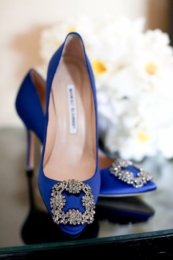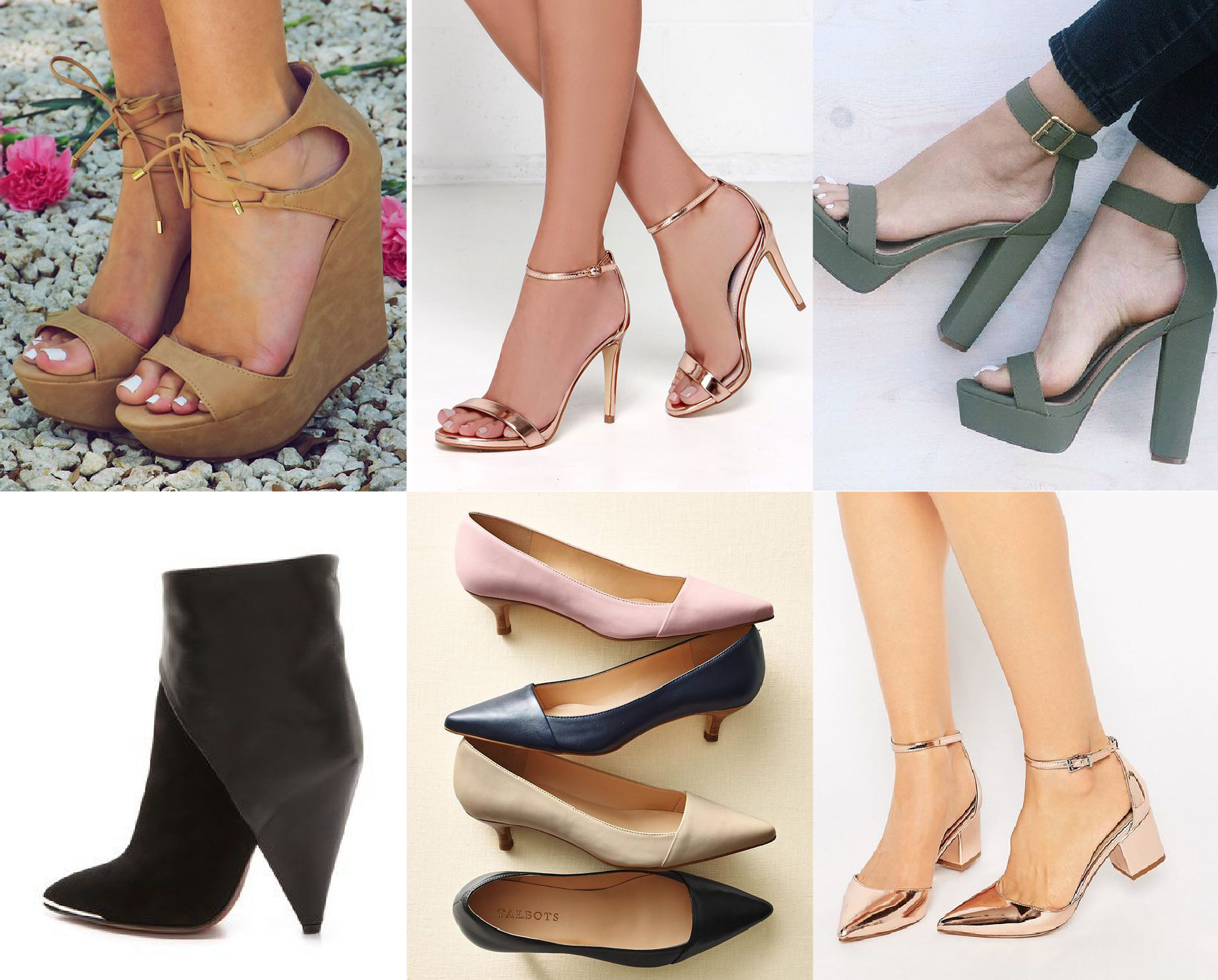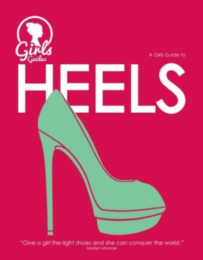 In the beginning, there was Cinderella. More recently, there was Carrie Bradshaw. The stiletto gave a wicked not to kink, and the Wizard of Oz gave us cinema’s most famous Goody Two Shoes – aka the Ruby Slippers – shoes that were actually based on a design by heel-legend Salvatore Ferragamo.
In the beginning, there was Cinderella. More recently, there was Carrie Bradshaw. The stiletto gave a wicked not to kink, and the Wizard of Oz gave us cinema’s most famous Goody Two Shoes – aka the Ruby Slippers – shoes that were actually based on a design by heel-legend Salvatore Ferragamo.
So, why all the fuss about heels? Whenever we try on any kind of fashion item, there is some serious mood-boosting going on. Branding expert Martin Lindstrom describes it as a feel-good, provided by the neurotransmitter dopamine, released by the body. The dopamine increases only until you swipe your credit card though. Then the high flat-lines, and guilt starts come creeping in. Except, that is, when the item you’re purchasing is a pair of shoes. Shoppers rationalise shoes as a practical buy – something they can wear multiple times a week. A shoe shopper can hold onto that pleasurable feeling for just a bit longer…
But it’s not just dopamine that makes us experience this sheer happiness. Shoes’ mood-altering traits also come from another brain reaction. Buying new footwear stimulates an area of the brain’s prefrontal cortex termed ‘the collecting spot’.
Shoes are a collector’s item, whether women perceive them that way or not. When we think of the way they are stored on shoe trees and shelves, they seem to appeal like a hunter’s trophy case, displayed proudly in our homes. As a result, collecting each type provides a mini-adrenaline rush, similar to the satisfaction a stamp collector gets when he acquires a rare find.
Heels carry historical significance as well, adding to their appeal. In previous centuries, only the wealthy wore high heels. Everyone else had practical footwear to do manual labour. Shoes were a measure of class, and we still have a bit of that mindset ingrained in our today’s society. Like most animals, we are wired to associate height with power. High heels can literally raise our status because we are taller when we wear them.
 Stilettos, on the other hand, take wearing heels to another level. When a woman wears stilettos, she assumes a primal mating pose, which experts call ‘lordosis’. Her butt lifts, and her back arches, ready to attract the alpha mate.
Stilettos, on the other hand, take wearing heels to another level. When a woman wears stilettos, she assumes a primal mating pose, which experts call ‘lordosis’. Her butt lifts, and her back arches, ready to attract the alpha mate.
Our minds are structured in a way that may associate feet with sex. The area of the brain that communicates with the genitals is right next to the area that deals with the feet. These regions share neural crosstalk, which may be why shoes can be erotic.
By definition, fetishism is not something that a majority of people have in common. Sigmund Freud is credited with being the first person to fully discuss and define the foot fetish. According to The University of Windsor journal, “The Lance,” Freud defined fetishism as the displacement of sexual desire onto inanimate objects or body parts caused by the person’s struggle with the confrontation of the castration complex. Freud also described the fetish as occurring through exposure over time to an object, which are the feet in this case, while being sexually aroused. This form of conditioning is still theorised as the reason why people have foot fetishes.
And in fact, some of the most famous actors, artists, models and other celebrities of all time seemed to have a penchant for feet covered in heels. From Johann Wolfgang von Goethe, the German author of “Faust,” to pop artist Andy Warhol, who was a major practitioner of podophilia, and – not to forget – Quentin Tarantino, who featured luxuriating shots of nude female feet in a variety of his notable films, such as “Django Unchained”, or – who could ever forget Jules Winfield’s famous foot massage scene in – “Pulp Fiction”.
The design of shoes has varied enormously through time and culture, with appearance being closely linked to style and functionality. Most styles of shoes are designed for a specific purpose or activity and are dictated by current trends and styles. The evolution of the shoe industry has provided a wide range of shoe types for everyday wear, such as the ballerinas, boots, espadrilles, peep toes and sneakers.
But to know about different types of shoes, one needs to know different types of heels. The so-called kitten heels for instance, with a height from 1,5 to 2 inches, represents the most common sandals. They give the glamour of high-heels without adding the extra height. Cone heels, on the other hand, can have different heel heights, and identify through rounded heels with a broader sole that gets narrower as they go down.

Stacked heels create a perfect summer look and can be found in various shapes that are built from visible layers of leather or some other material. Women who love to dance will always adore the Cuban heel – a straight sided low or medium heel with a curvature to its neck. The type of shoes that always celebrate a comeback in fashion, are wedge heels. Wedges have thicker heels and are narrower at the toes. The heel is not a single piece, but it front to back of the sandal.
Heels have always had a huge impact on a woman’s body language and the way men perceive her while giving a boost in confidence – and height. And although in the very beginning – in the 10th century – men were the only ones allowed wearing heels, today high fashion brands like Jimmy Choo, Manolo Blahnik or Christian Louboutin represent the heroes of heels for women. Every season, they take our breath away by creating fabulous footwear with innovative designs, fabrics, and shapes, while sharing the passion for our so beloved heels.
 Discover the entire story of heels in Fashion Industry Broadcast’s “Girls Guide to: Heels”. Available via Amazon – worldwide!
Discover the entire story of heels in Fashion Industry Broadcast’s “Girls Guide to: Heels”. Available via Amazon – worldwide!







